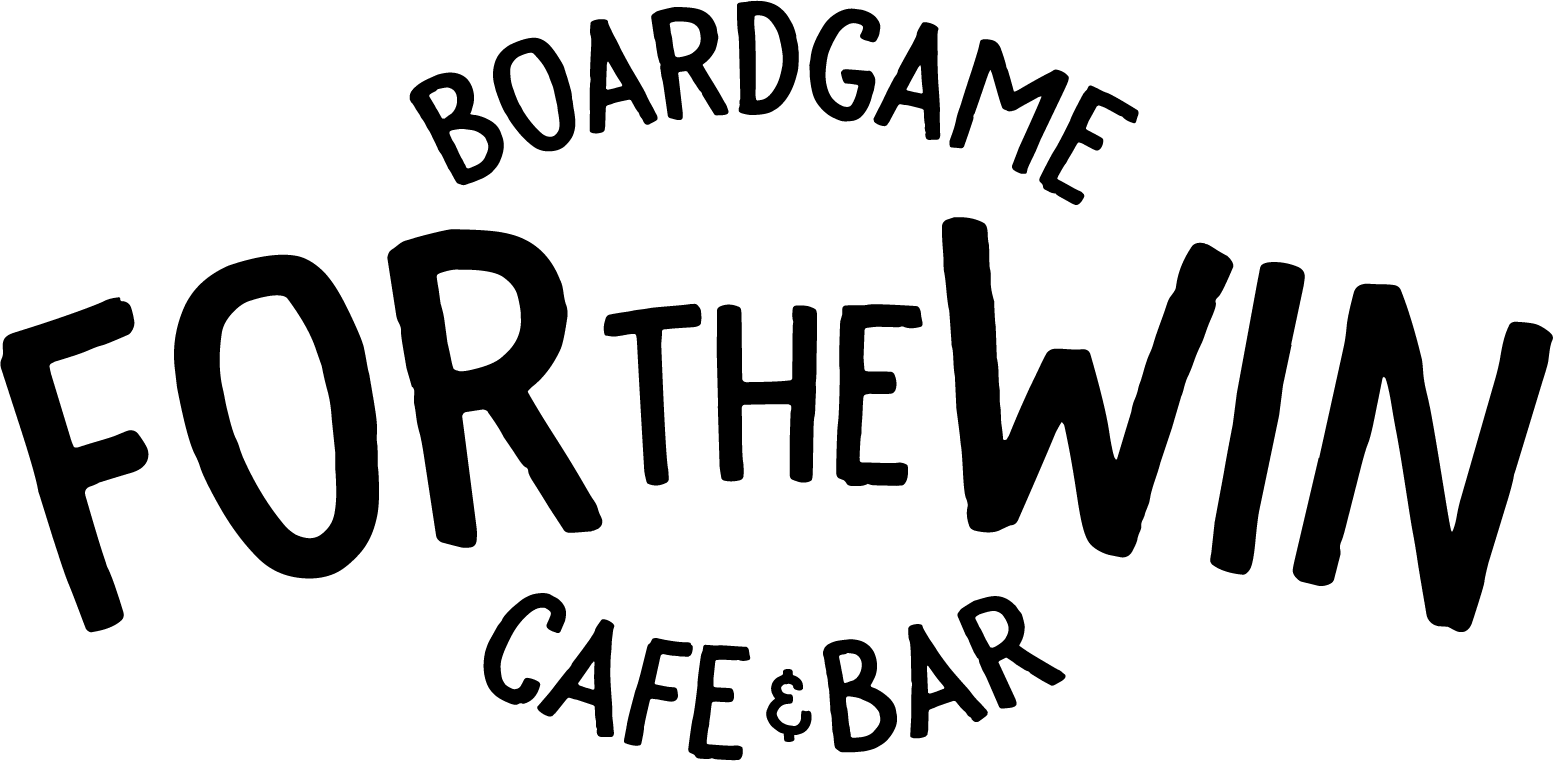7 Wonders: Architects
7 Wonders is one of the many games alongside Settlers of Catan and Ticket to Ride that many gamers can point to as their entry into strategic tabletop games. With its relatively simple gameplay and ability to expand to up to 7 players, it remains a favourite today. Hard to believe it was released 11 years ago. 7 Wonders: Architects is a streamlined re-imagining of that same formula. But how does it hold up a decade later?
7 Wonders: Architects has one of the best inserts and organization systems I’ve seen in any game package. Each players’ setup is neatly contained into its own individual tray, with a removable holder for the deck of cards. This allows you to take out only exactly what you need for each game. When the game is packed up, the trays fit perfectly into the box to prevent pieces from sliding around when the box is stored vertically. The art style has also been modified to match the light-hearted tone of the game.
In 7 Wonders: Architects, players compete to gather resources, make scientific discoveries, battle their neighbours while working to complete their wonder. Each player begins by selecting a wonder to complete and taking the corresponding tray and deck of cards. Each player shuffles their deck of cards and places it to their left, face-up. Wonders are assembled in front of each player on the Under Construction side. A central deck is shuffled and placed face-down in the centre of the table. Conflict Tokens, Progress Tokens, Military Victory Tokens, and the Cat Token are placed alongside it.
On a player’s turn, they may take 1 card from either of the 2 face-up decks to their left and right, or 1 card from the face-down, central deck. Players must construct their wonder from bottom to top. To construct parts of a wonder, players need to have a number of identical resources or different resources depending on the symbol shown. Each wonder also provides a unique bonus upon completion of particular sections. Conflict occurs when enough military horns are blown to flip all Conflict Tokens. Progress tokens can be claimed by collecting 2 matching Science symbols. The game ends when one player has completed constructing their wonder. The player with the most points is declared the winner!
For as great of a gateway game as 7 Wonders is, there is a daunting barrier of having to learn all the symbols of the game. Even with a reference sheet it takes a while before it becomes second-nature. And then there’s the clunky setup that requires you to remove certain cards depending on the number of players in the game. 7 Wonders: Architects does away with that. You can setup and tear down each game in about 5 minutes. And while it’s no longer simultaneous card drafting, each turn still moves very quick as players have limitations to which cards they can draft. There are less variables to consider, making for a simpler game. Experienced 7 Wonders gamers will know that it eventually becomes a math exercise after enough plays. Architects feels as fresh as it should being a game released in 2021, but it still feels very much like 7 Wonders.
7 Wonders: Architects is a great family game that opens its age-range up by making some streamlined decisions. It doesn’t entirely replace 7 Wonders because it focuses more on being a casual experience. Architects is light on strategy, so it makes for more of an appetizer than an entrée. But it’s a joy to play from start-to-finish; a complete package.




